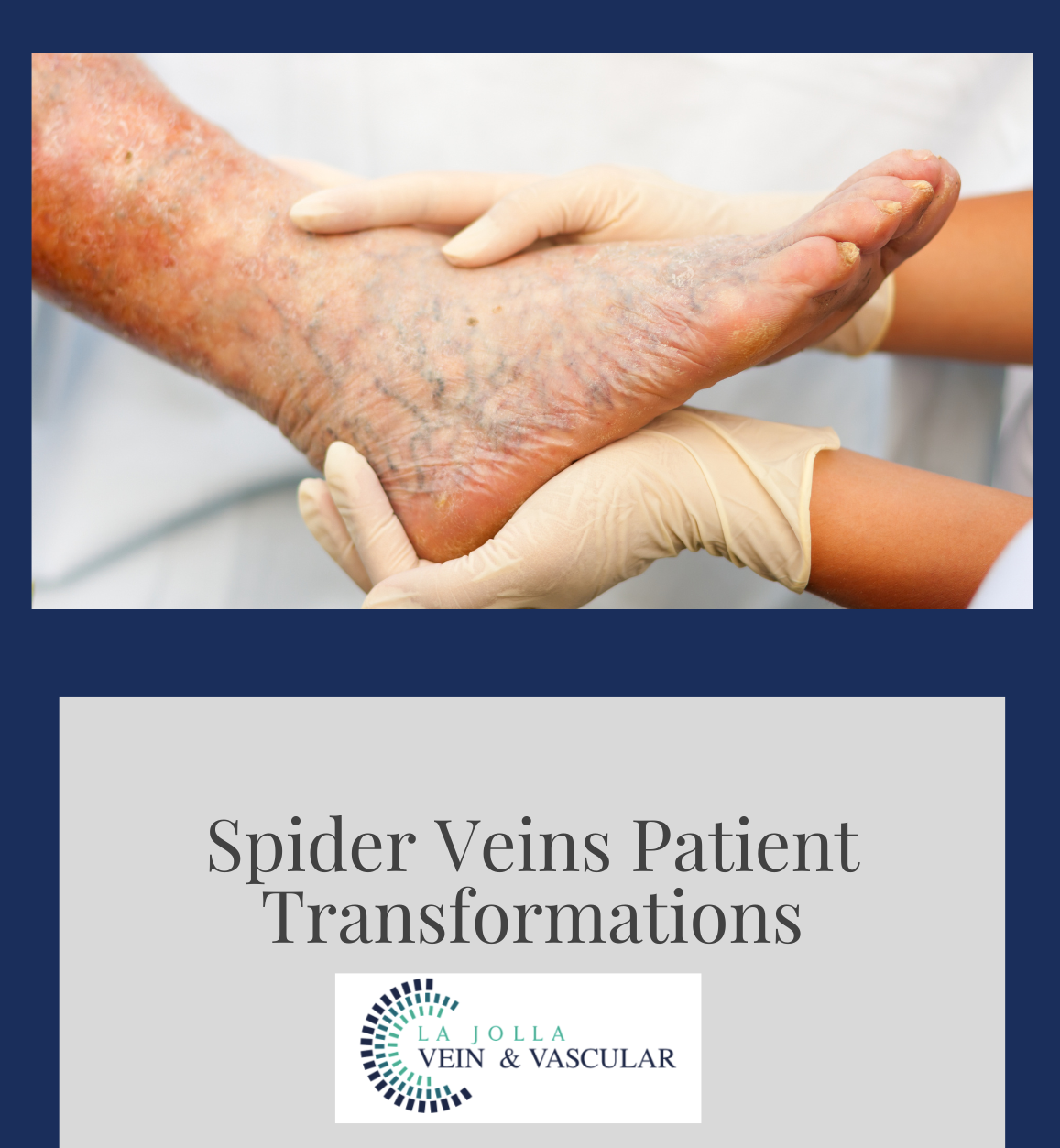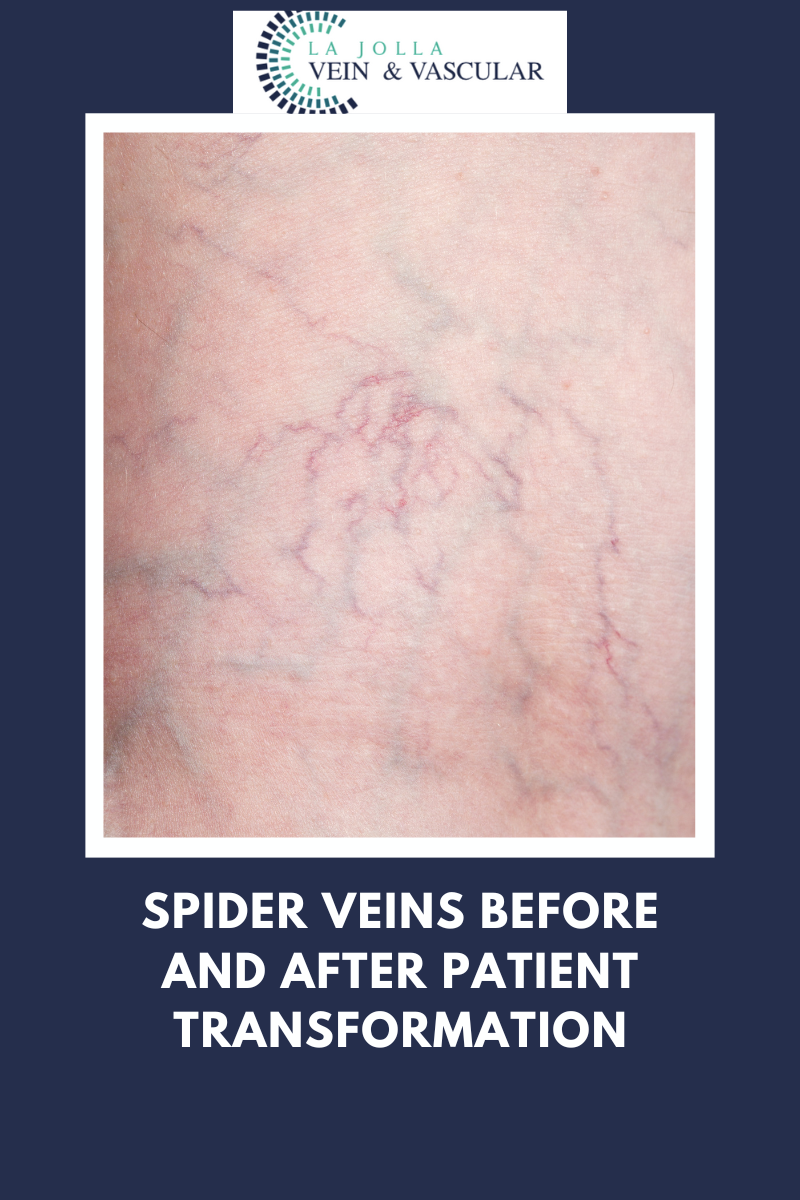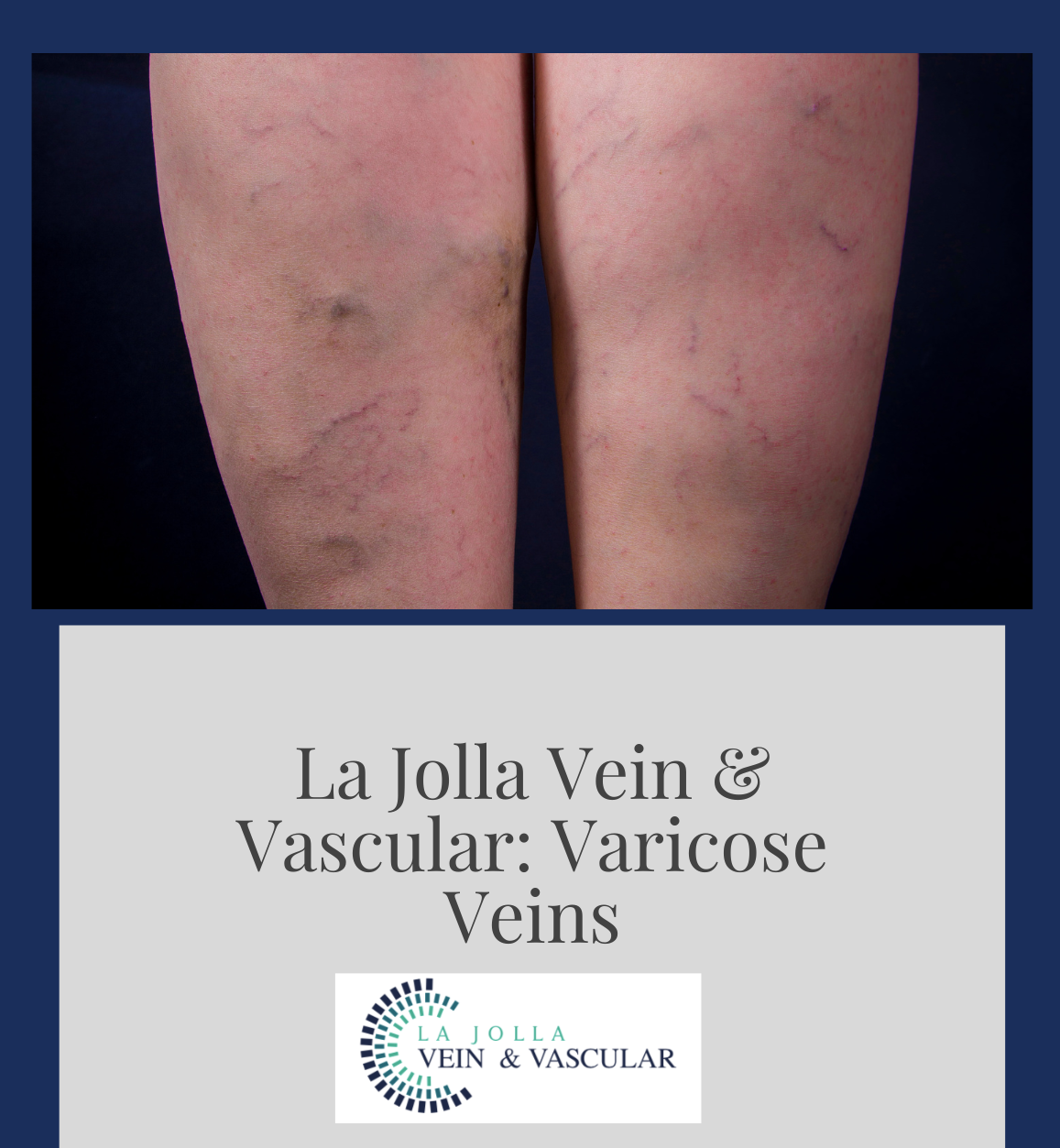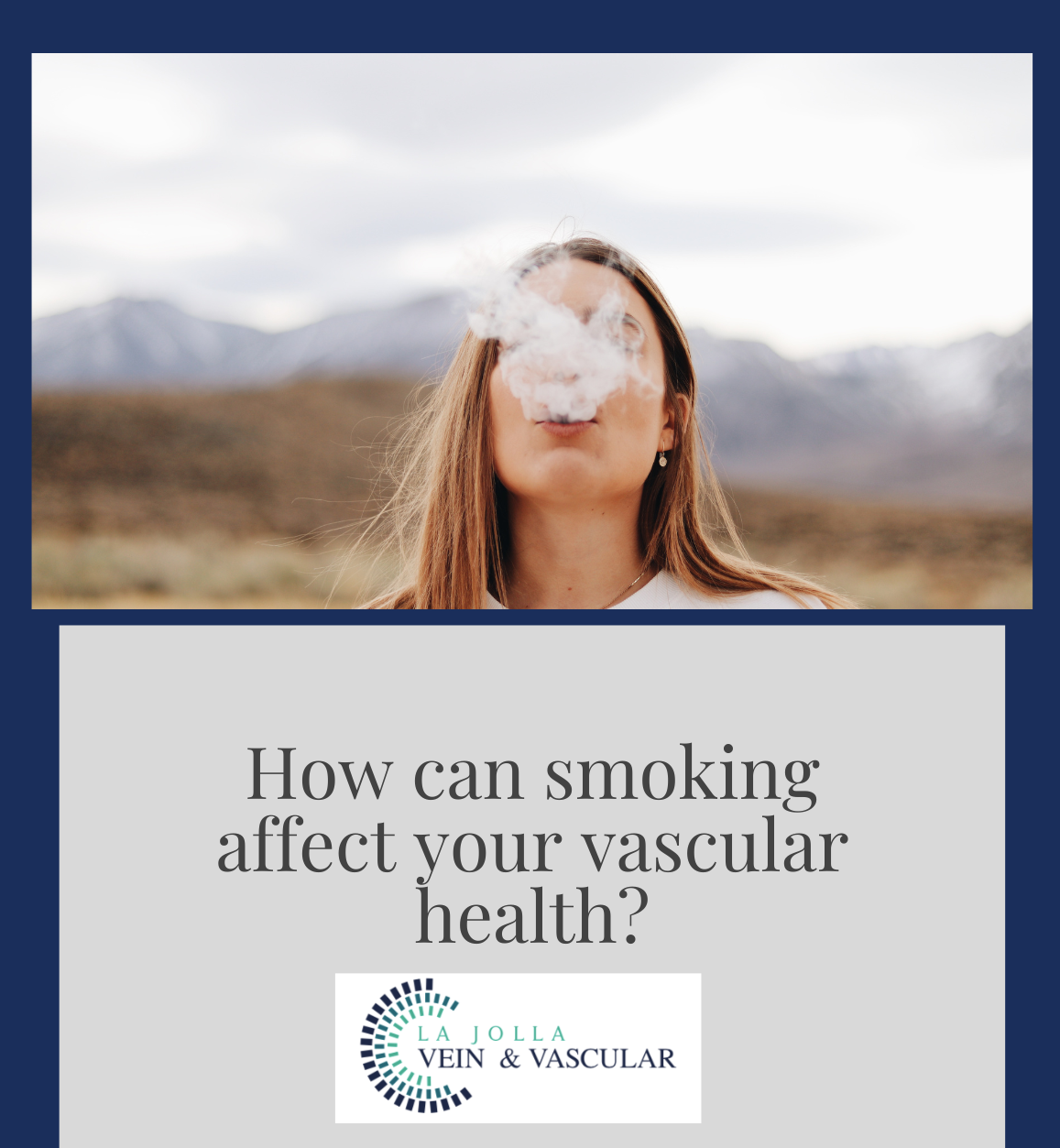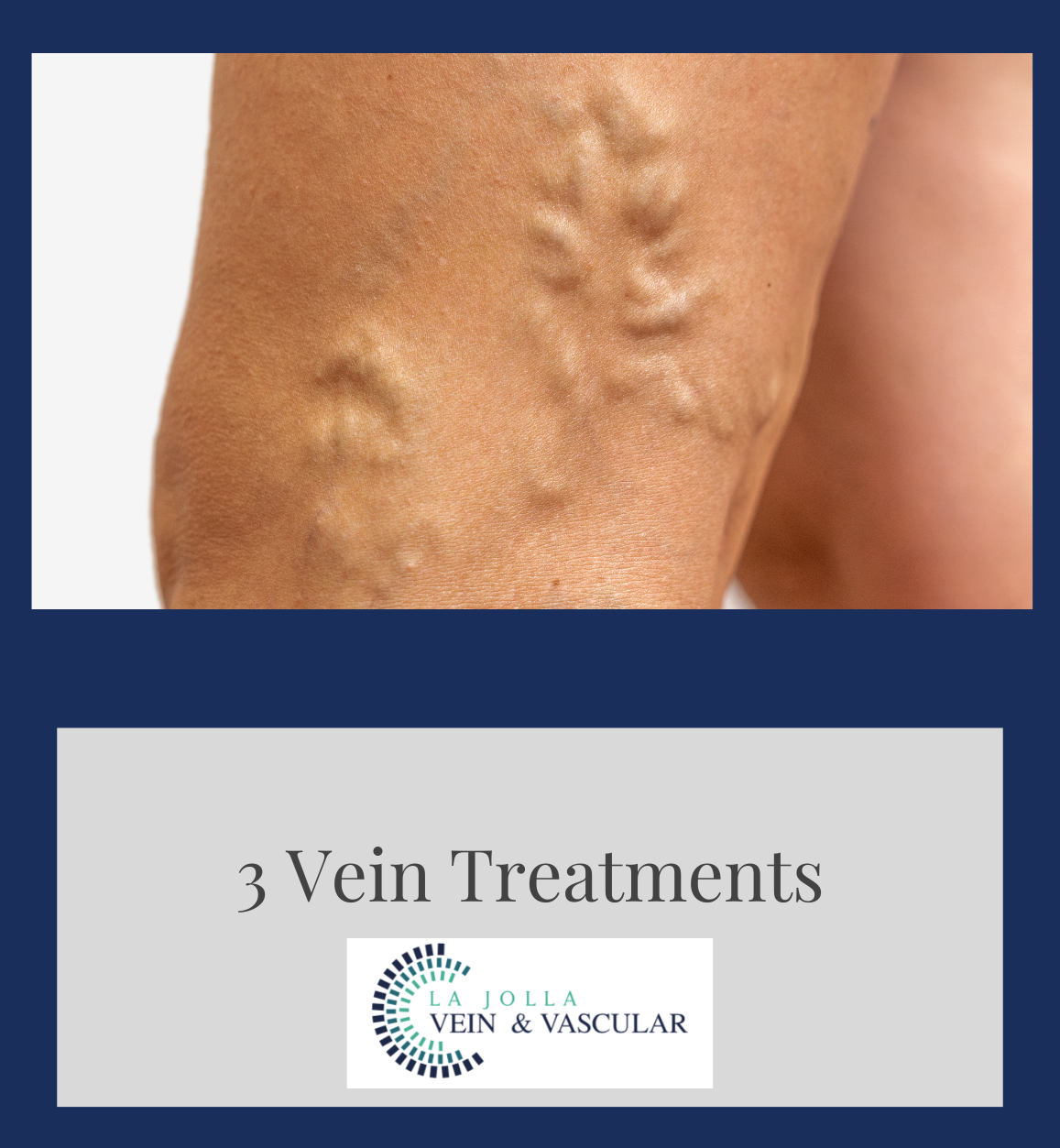All you need to know about varicose veins
LJVascular2022-10-24T10:16:46-07:00Varicose veins are swollen, blue, bulging, twisted, superficial (those closest to the skin) veins of the leg. High pressure inside the superficial veins of the leg causes varicose veins, but genetics are thought to play a large, contributing role. As many as 40 million Americans have them. Left untreated, varicose veins may become […]



